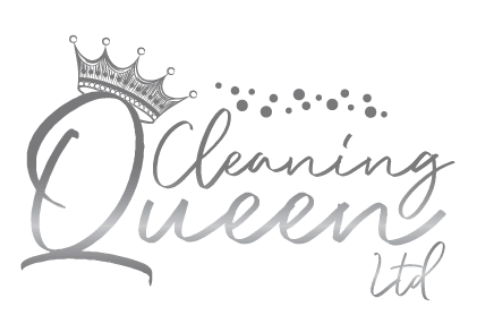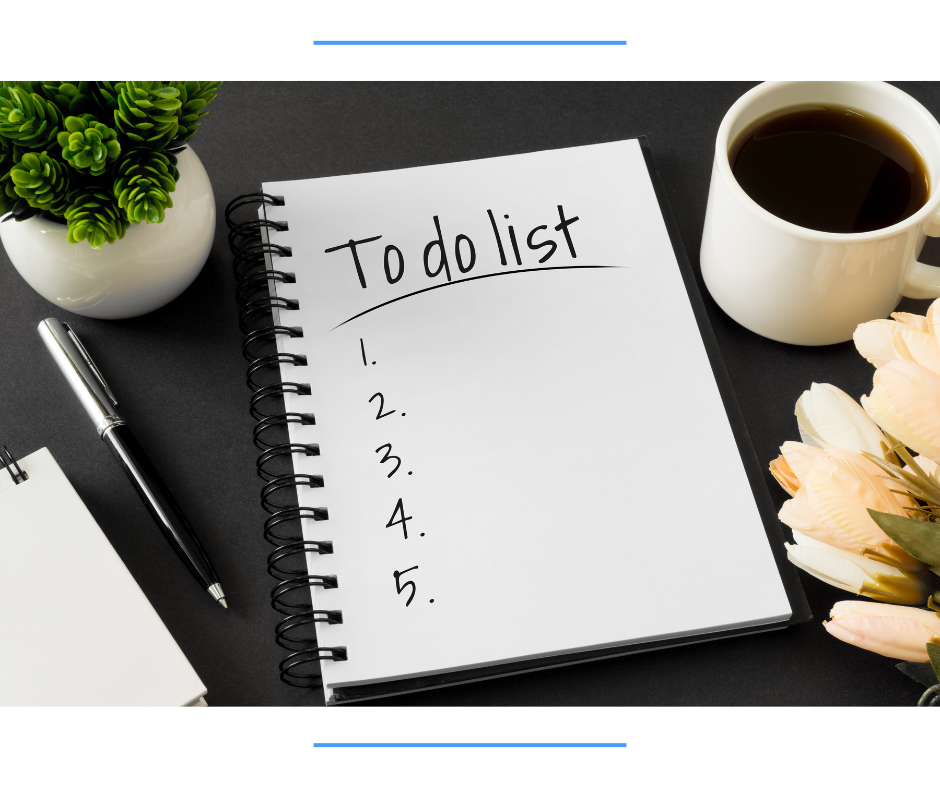
Can you imagine your mornings without a cup of coffee or tea? Probably not. Not only because hot drinks brighten up our mornings, but we also hear more and more on how necessary hot drinks are for us in effect of hydration, digestion and our gut health. However, you can only benefit from this if your drinks are brewed perfectly in a clean kettle.
Cleaning the kettle is a MUST. The more often you do it, the better your drinks will taste and you will save your health. Regular maintenance will also ensure that your kettle lasts much longer, a minimum maintenance once a month will extend the life of the kettle.
Cleaning a kettle: quick or efficient way?
There are a wide range of products available on the market to help you clean your kettle, they are very convenient as it only takes a few minutes. However, these products are not always safe for us and many of us are always looking for a quick solution. We recommend that you use natural products mentioned in this blog to clean your kettle, these are affordable and you are most likely able to find them in your own kitchen.
The holy grail: white vinegar and baking soda
You have probably heard many times that white vinegar can be used to clean serious stains and cleaning the limescale in the kettle is one of them. It not only removes harmful limescale, but also polishes the surface. And because white vinegar is for human consumption, you can be rest assured it is suitable and safe to use and you won’t be impacted if there are any traces of product left in the kettle.
How do I use the mixture?
1. Fill the kettle with a 1:1 mixture of vinegar and water. It’s important that you use 1 part of vinegar as some people find that using higher amount of vinegar can leave a smell behind which can be difficult to remove.
2. Turn on the kettle and wait for it to boil.
3. When it’s done boiling, DO NOT rush to pour out the mixture. We recommend that you leave the mixture for at least 30 minutes or longer if there is a lot of limescale. After waiting, pour it out and rinse the kettle a few times until the vinegar smell is gone.
4. You will then need baking soda, of which we recommend a maximum of a few tablespoons. Use a sponge to clean the inside of the kettle, covering as much of the surface as possible.
5. Leave it for a few minutes and then rinse the baking soda with plain water.
6. Now you are all done. The kettle should be completely clean. If there is any limescale left, which may end up in your drink, repeat the same process again and again. You can add more vinegar to increase the effectiveness.
Kettle cleaning using citric acid
Citric acid can be used to remove dirt from both the dishwasher and washing machine, as well as the kettle. Citric acid is generally one of the most effective agents used in the cleaning process. Most importantly, it leaves no odour and at the same time makes the surface shiny.
It is very easy to use. You can either use plain lemon, citric acid or lemon juice. Simply place the fruit or its product in a kettle and cover with cold water. If the kettle is very limey, then turn it back on again and again once it boils. If the water has boiled off a lot, add more and turn it on again. The power of the electric kettle does not affect the performance of the lemon. Just repeat a few times, taking a minute break each time, so that it does not overheat.
The citric acid will remove even very heavy limescale. Regular boiling will ensure that the limescale does not accumulate.
Another method: salt
Natural remedies are increasingly replacing expensive products, and one of them is salt. It can also be used to clean limescale and, in general, to remove a wide range of dirt. The first thing to note is that salt is very good at killing various micro-organisms that very often breed in the area because of the constant moisture. Place a little salt on the sponge and slowly clean the surface. If there is a lot of lime or other dirt, you may have to scrub a little, but you will be very pleasantly surprised by the result, so be patient.
Salt kills pests by putting it in a kettle and adding water. Bring the water to the boil. Do this several times for greater effect. Then pour out the water and there you go - the kettle can be used very successfully.
NOTE: Cleaning the kettle requires patience. But if you do it at least once a month, you'll prevent limescale build-up. Also, the older the kettle, the faster limescale builds up. So if you believe the cleaning is not helping, maybe it’s time to buy a new kettle and keep up with the maintenance. If you don't have time to clean the kettle or if you are unsure to try these tips yourself, we suggest that you contact a professional who will do the job for you. Our tips should only be used as a guidance as it’s based on research. We don’t recommend mixing products for health and safety reasons.



